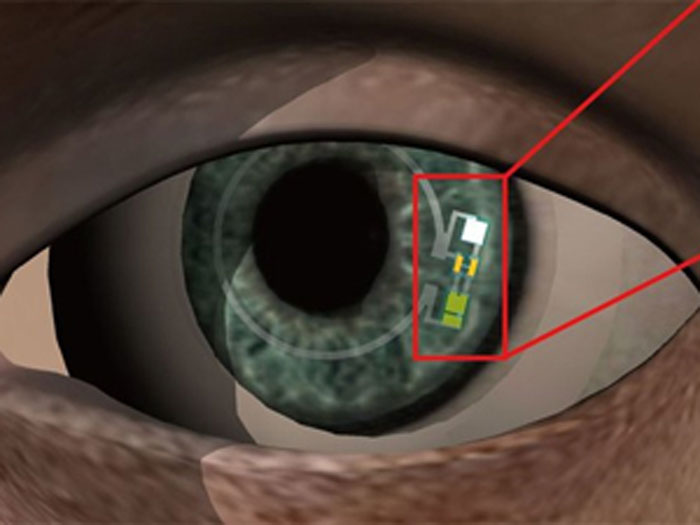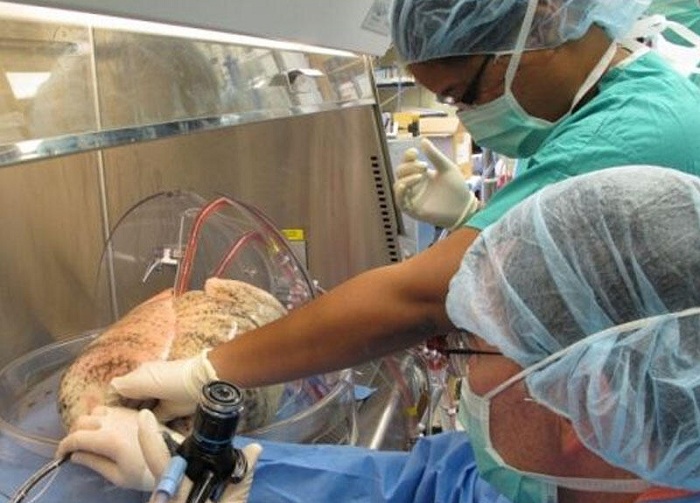
- A-
- A
- A+
These smart contacts can monitor the glucose in tears
Jet packs, flying cars, and smart contact lenses that monitor your health have all been better ideas than products. Now, a new study shows that at least smart contacts are getting closer to reality. Lenses with pliable, transparent electronics can measure glucose levels from tears in the eye—and warn wearers if they get too high. The lenses have been tested only in animals. But if they work in people, they could offer diabetics a pain-free way to monitor when and whether their glucose levels go out of whack, something that could send them tumbling into a coma, or worse.
So-called smart contact lenses were all the rage 4 years ago, as companies such as the Google spinoff Verily Life Sciences in San Francisco, California, touted future devices that could track glucose or even detect cancer. But then the problems set in: Early attempts used rigid and opaque electronics embedded into hard contact lenses, making them uncomfortable for wearers; the glucose measurements were also unreliable.
To tackle these problems, researchers led by Jihun Park, a materials scientist at the Ulsan National Institute of Science and Technology in South Korea, designed a set of components out of soft and flexible electronic materials that—wherever possible—were also transparent. They included two devices, an antenna and a rectifier, that capture radiofrequency signals from a nearby transmitter and convert them to a small amount of electricity. That charge powers a glucose sensor and a tiny green light-emitting diode (LED), which shines outward so it’s visible in a mirror but doesn’t interfere with the wearer’s vision. If the glucose sensor registers elevated levels, the LED turns off, warning a wearer that they may need to adjust their insulin levels.
Similar News
Links




 Elm TV
Elm TV
 Photo
Photo
 Video
Video





